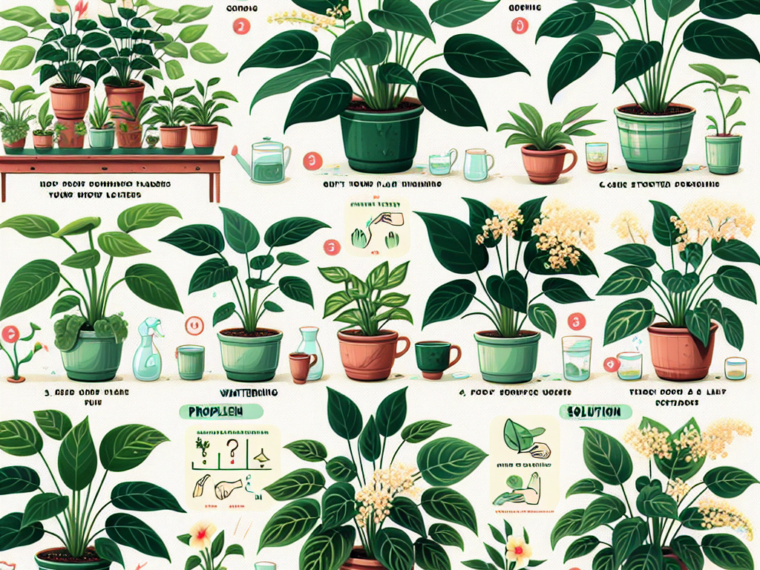The Philodendron genus, known for its remarkable diversity and widespread appeal, spans numerous species that have captured the hearts of houseplant enthusiasts. As a favorite in homes for their lush foliage and ease of care, philodendrons stand out with a myriad of varieties ready to add life to any indoor space.
Types of Philodendron Plants
Among the expansive family, the Heartleaf Philodendron, also known as the Philodendron hederaceum, remains a top pick due to its charming heart-shaped leaves. The majestic Split-leaf Philodendron or Philodendron bipinnatifidum boasts large, dramatic leaves. Other beloved varieties include the climbing types, which make ideal hanging basket plants, and unique cultivars like the compact ‘Xanadu’.
Basic Care for Philodendron Plants
Catering to philodendrons begins with understanding their light requirements—a bright, indirect spot often works best. When it comes down to watering, consistency is key; allow the top inch of soil to dry between drinks. They prefer a well-draining potting medium like Miracle-Gro® Indoor Potting Mix.
Keep them comfy in moderate temperatures and humidity levels. And don’t forget the food! A balanced fertilizer will keep your philodendrons green and growing.
Propagation of Philodendron Plants
The wonder of propagation allows plant owners to multiply their cherished specimens with ease. Snip a stem cutting just below a node, and you can start new plants in either water or moist potting soil. For larger plants, gentle division at the root ball will suffice.
Common Issues and Solutions
Pests can be pesky but are no match for alert caregivers—an occasional check under leaves should keep garden suspects like aphids at bay. Fight off diseases by ensuring proper air circulation and avoiding overly damp conditions. Yellowing leaves? It might be a sign it’s time to adjust your watering habits!
Advanced Care Techniques
If you’re up for a bit more of a challenge, shaping your philodendrons through pruning or providing support structures such as poles can enhance their natural climbing habit. Repotting should take place when roots start peeking out of drainage holes—this helps prevent your friends from feeling too cooped up in their containers.
Displaying Philodendron Plants
The fun part—showcasing your green thumb work! Go ahead and get creative; choose a stunning ceramic pot or let them cascade elegantly from hanging baskets. Place them where they’ll thrive but also complement your home setting—perhaps beside a sunny window or as an accent in shadier corners.
Conclusion
Growing philodendrons isn’t just about maintenance—it’s about experiencing the joy these leafy companions bring into our lives. With continual care and devotion, these versatile houseplants will grow alongside you for years to come.
Resources
Your journey with philodendon care doesn’t end here! Seek out further wisdom by keeping up-to-date with reputable plant care tips—emails from master classes, subscriptions to gardening magazines like Better Homes & Gardens or even joining online communities can expand your knowledge horizon exponentially.



